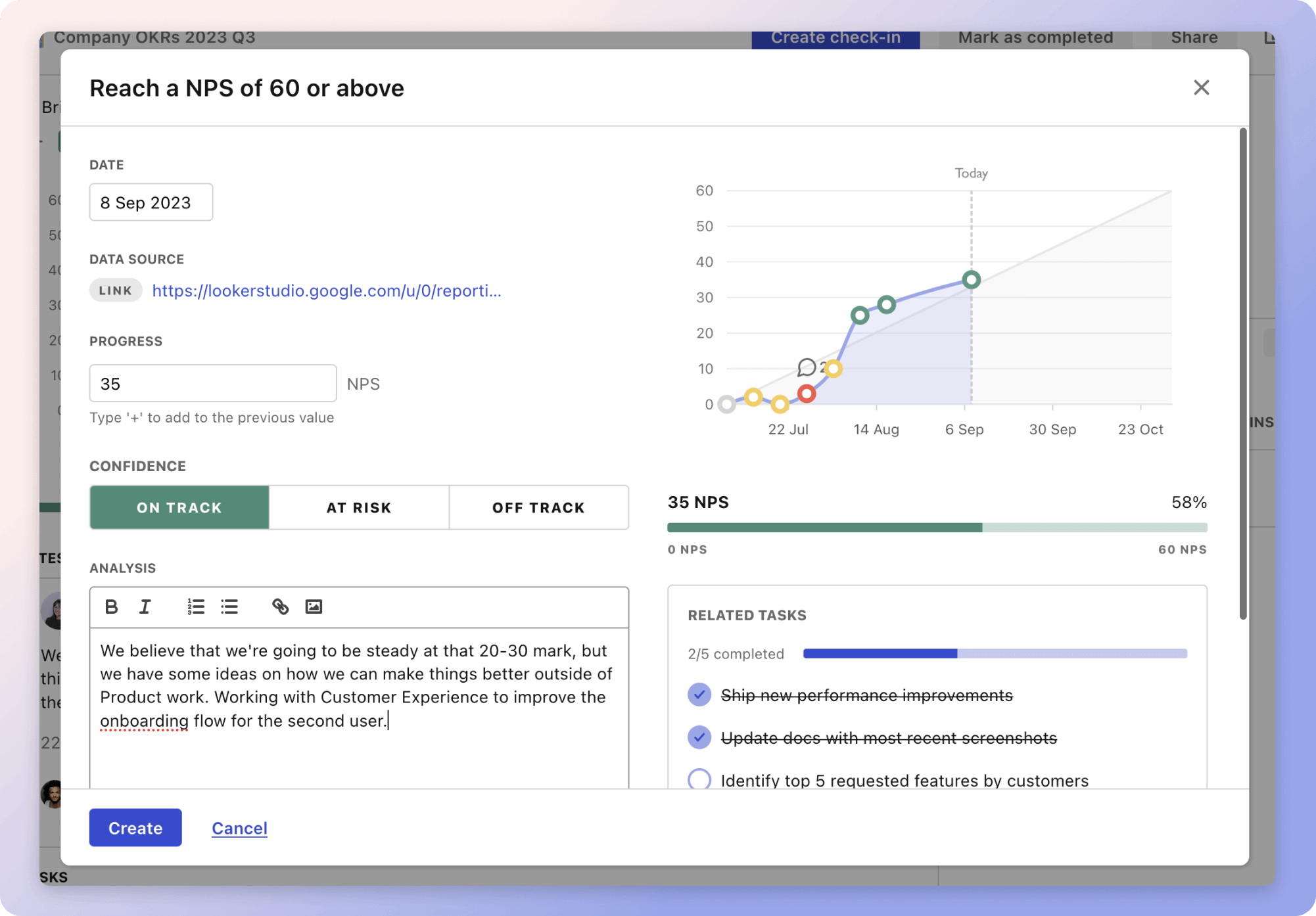The strategy focuses on optimizing financial management through effective budgeting, generating additional income using Python skills, and planning a future car purchase. The first approach emphasizes reviewing and adjusting monthly expenses for potential savings, such as negotiating loan terms or reducing discretionary spending to build a robust emergency fund. For example, prioritizing high-interest debt repayments can alleviate longer-term financial burdens.
The second strategy capitalizes on Python expertise to create a supplementary income stream. This involves leveraging freelancing platforms, showcasing projects, and exploring tutoring opportunities. For instance, offering free workshops can attract clients, fostering a reputable profile that boosts income potential.
The final strategy involves meticulous planning for an upcoming car purchase, comparing models like the Mercedes A-Class and BMW 318i. This includes calculating running costs and monthly budget impacts to ensure affordability. By preparing a down payment plan and using loan calculators, the strategy aims to streamline post-purchase financial management and align monthly budgets for sustainable ownership.
The strategies
⛳️ Strategy 1: Optimise your current budget
- Review and track monthly expenses to identify any areas of reduction
- Negotiate terms with lenders to potentially lower interest rates on existing loans
- Prioritise paying off higher-interest loans ahead of the 0% IKEA credit
- Continue paying Advanzia credit card in full monthly to avoid interest
- Set up an automated savings transfer of €1,000 monthly for emergency and travel funds
- Re-evaluate and adjust grocery and shopping expenses to closely match monthly needs and prevent overspending
- Evaluate entertainment and discretionary expenses to ensure they align with saving goals
- Consider cutting back on non-essential expenses during months with higher financial demands
- Prepare for saving shifts beginning in February 2026 for car goals
- Establish a clear emergency fund separate from travel savings and build towards a minimum of three months' expenses
⛳️ Strategy 2: Develop a side income stream using Python expertise
- Identify potential freelancing platforms such as Upwork or Freelancer to offer Python services
- Build and update a portfolio showcasing Python projects and related skills
- Investigate local or online tutoring opportunities for Python to supplement income
- Allocate dedicated time each week to enhance Python skills with advanced topics
- Create a professional profile on LinkedIn and other relevant forums to network and market services
- Offer free workshops or webinars to establish credibility and attract paid clients
- Set a monthly income target from freelancing and tutoring activities
- Reinvest part of the side income in skill development or resources to expand service offerings
- Research trends in Python-related fields to identify emerging opportunities and niches
- Track monthly side income to evaluate growth and adjust strategies as needed
⛳️ Strategy 3: Plan and implement the car purchase and associated costs
- Research and compare running costs for the Mercedes A-Class 180 and BMW 318i
- Estimate monthly costs for car insurance, fuel, and maintenance for both models
- Decide on the preferred car model by February 2026 based on running costs and personal preferences
- Prepare a savings plan for a possible down payment to reduce financed amount on the car purchase
- Use a loan calculator to determine monthly payments and total interest for loans at 6% for both car options
- Factor car expenses into monthly budgets from 2026 onwards to gauge affordability
- Assess workplace commuting needs to determine the necessity for a second vehicle or public transport use
- Explore carpooling or shared vehicle options as interim measures before purchase
- Consider mileage limits and the resale value when selecting between cars for long-term savings
- Establish a post-car-purchase financial review process to ensure ongoing budget alignment
Bringing accountability to your strategy
It's one thing to have a plan, it's another to stick to it. We hope that the examples above will help you get started with your own strategy, but we also know that it's easy to get lost in the day-to-day effort.
That's why we built Tability: to help you track your progress, keep your team aligned, and make sure you're always moving in the right direction.

Give it a try and see how it can help you bring accountability to your strategy.
